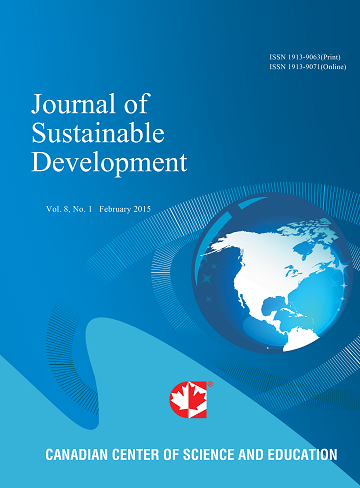A Comparative Analysis of Post-Harvesting Strategies: A Case Study on Rice Straw Management in Arkansas, USA, and Punjab, India
Abstract
Both Punjab, India, and Arkansas, USA have productive and expanding agricultural economies to feed domestic and export market demand, however, rice straw management presents itself as an environmental and agricultural management problem in both regions albeit in radically different ways. In Punjab, rice straw residue is most commonly burned in the field after harvest so that farmers can prepare their fields quickly for the next crop cycle, while also managing labor constraints. This behavior has wide-ranging negative environmental consequences, such as air pollution, greenhouse gas emissions, and soil degradation. Although the government in Punjab has banned burning and promoted alternative crop residue management practices such as composting and bioenergy production, the challenges faced by farmers in terms of cost of labor, available machinery, and infrastructure make burning of rice straw another readily apparent option. On the other hand, farmers in Arkansas employ more sustainable management practices with more regulation from the state departments of agriculture, including tillage, baling, and controlled flooding, which reduce the opportunity for open-field burning. Even though some pollution appears to occur, policies at state and national levels and within limitations on production by farmers help to limit harm from straw burning in the United States with more consequence. Comparatively, the difference in logistics illustrates how socio-economics help farmers make decisions on managing agricultural by-products and demonstrates the need for place-based policy, appropriated funding and collaboration with farmers in both regions to implement sustainable management practices for crop residue.
 PDF
PDF
